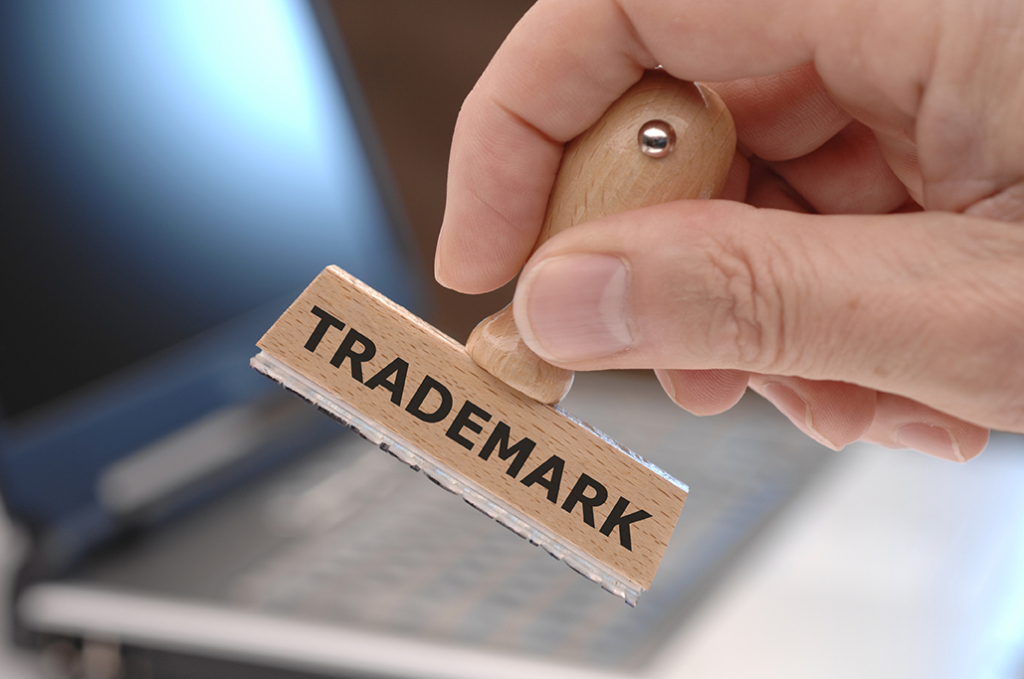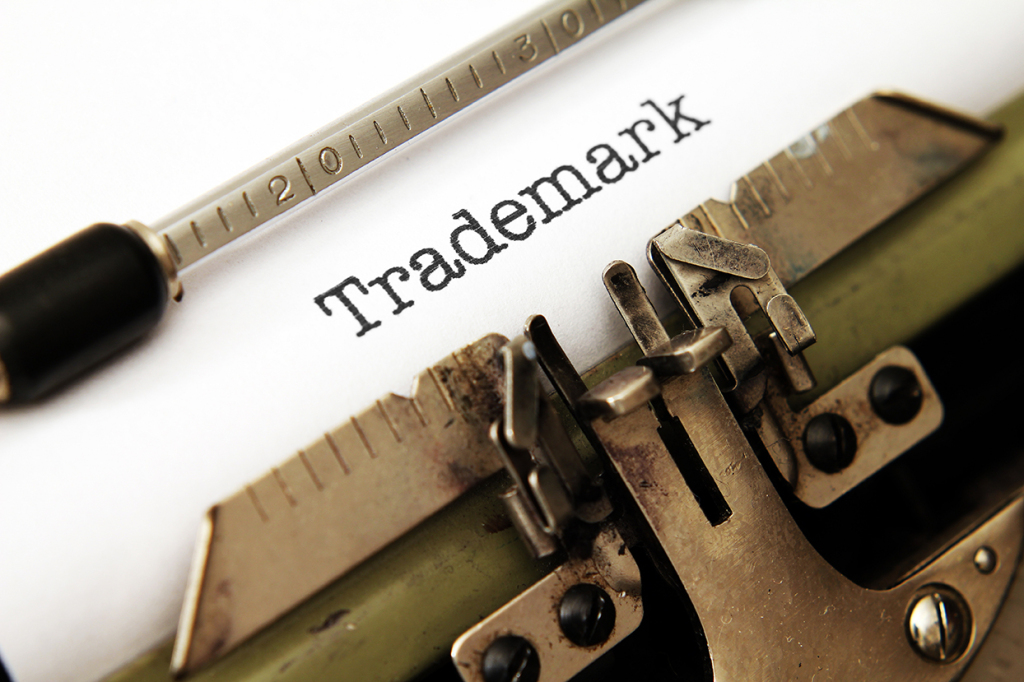When China joined the World Trade Organisation (WTO) and revised its Trademark Law in 2001, the unconditional opening of the right to file a trademark by any person resulted in a flood of applications for existing trademarks. These applications included trademarks known both inside and outside China, but applied mainly to those outside. This trend, combined with China’s first-to-file system, created a major problem for people who were looking to protect their trademarks in China only to discover that they had been beaten to the punch, and led to a spate of complaints about ‘bad faith registrations’.
China is fully aware of the situation and has taken measures that are progressively taking effect, a development welcomed by the European Chamber’s Intellectual Property Rights (IPR) Working Group. Paul Ranjard, Counsel at Wan Hui Da Intellectual Property Agency & Law Firm, and co-chair of the IPR Working Group, looks into the history of this widely-discussed issue.
Upon its accession to the WTO, China revised its IPR laws in order to meet the requirements of the Agreement on Trade Related Aspects of Intellectual Property Rights. The revision of the Trademark Law took place on 27th October, 2001. One of the many amendments dealt with the right to file an application for a trademark: in the previous law, this right was restricted to “any enterprise, institution or individual producer”; the revised law opened this right up to “any citizen, legal person or other organisation”.
This apparently minor change had unexpected consequences. Over the ensuing years, filing applications for trademarks turned into a business, and a nuisance. More and more individuals were filing trademark applications in large numbers, running sometimes to hundreds. These trademarks were often a carbon copy of foreign trademarks, the owners of which had yet to file for registration in China. When it eventually came to trying to protect their trademark, foreign holders came up against obstacles created by these pre-emptive, ‘bad faith’ trademark applications. The ‘bad faith’ applicants had merely been waiting for an opportunity to make money – threaten to sue and negotiate a price.
This phenomenon did not go unnoticed by China’s Trademark Office. On 29th July, 2005, an internal notice was circulated to the examiners: they were to refuse trademark applications filed by individuals if the applicant could not prove he/she had the means to manufacture the designated products or provide the designated services. Pre-emptive ‘bad faith’ applications continued, however.
It became fairly obvious that the existent Trademark Law was ill suited to combating such situations. After all, the governing principle was—and still is—the first-to-file principle: whoever files first owns the exclusive right to use the trademark. There were exceptions to this principle, but they were difficult to apply. The well-known status, stipulated in Article 13, was extremely challenging to establish, particularly for a foreign trademark. Proving sufficient prior use to demonstrate a “certain influence”, as provided for in Article 31, was slightly easier but such influence needed to be based on use in China, which constituted an additional difficulty. The only ‘easy’ case was where the pre-emptive application had been filed by the agent of the foreign trademark owner (Article 15). This was later extended by the Supreme Court to the distributor of the foreign trademark owner.
Another way of alleging bad faith was to cite Article 41.1 (re-numbered 44 in the new law). This article provides for the invalidation of trademarks that do not conform with the “absolute grounds of refusal” (Article 10.1.12), or which have been registered by “improper means”. The advantage of such an article is that it does not contain a time limit (the five years provided for the invalidation of a registered trademark, based on a prior right). However, the Supreme People’s Court set a limit to such argumentation (interpretation of April 2010) when it specified that “improper means”, as per Article 41.1, only refers to the concept of public order and cannot be used when the invalidation action is only based on relative grounds.
It was clear that the law had to be changed.
In the period leading up to the third revision of the Trademark Law (adopted on 3rd August, 2013 and effective on 1st May, 2014), no less than three seminars were organised—in 2009, 2010 and 2014—on the subject of ‘bad faith’ / ‘good faith’ through the EU China IPR Cooperation Programme (IPR 2).
The revised law contains new provisions, which represent significant progress. First, the principle of ‘good faith’ is clearly stipulated in Article 7: “trademarks must be filed and used in good faith”. Yet this principle cannot be used on its own in an application for opposition or invalidation. It cannot constitute the single legal ground of an action; other specific articles of the law need to be cited. Although many commentators initially expressed disappointment, it now seems that, after all, this article serves as more than just a vague backdrop: the People’s Courts draw inspiration from it in their interpretations of the law, as does the Trademark Office.
Also of significance is the new Article 15.2, which is no longer restricted to prohibiting the agent (or distributor) to file, in its own name, the trademark of its principal. The concept has broadened to include all business relationships or geographical circumstances which establish that the applicant knows, or should definitely know, the existence of the still-unregistered trademark.
Though definitely an improvement there are still many cases where ‘bad faith’ may be apparent, even in the absence of a business relationship. For example, when the trademark applicant is found to be a ‘serial trademark applicant’.
This phenomenon is now fairly well understood by the Trademark Office and the People’s Courts who have found in Article 7 of the law the ‘weapon’ they need. In a recent case involving Victoria’s Secret against a ‘serial trademark applicant’, the Trademark Office officially cited Article 7 to dismiss the applicant’s claim.
The courts are also revising their restrictive interpretation of Article 44 (ex 41), considering that the act of filing large numbers of trademarks may be considered “improper means”, and that this is against public order.
The most advanced judicial interpretation of the ‘good faith’ concept can be found in the Ellassay case of August 2014, where the Supreme People’s Court decided to dismiss a trademark owner’s infringement claim against the user of its registered trademark, on the basis of the ‘bad faith’ shown by the plaintiff when he had filed its trademark. What is important in this case is not so much that the court recognised the existence of ‘bad faith’ (such a decision is circumstantial), but the fact that the court accepted to rule on the case on the basis of good/bad faith, and to dismiss the complaint without waiting for a decision on the validity of the trademark.
Established in 1999, Wan Hui Da Law Firm & Intellectual Property Agency has more than 15 years of experience in the field of IP. With a staff of more than 300 and an office presence in Beijing, Shanghai, Guangzhou, Ningbo, Suzhou, Taizhou, Tianjin, Chongqing, Shenzhen and Hong Kong, Wan Hui Da is a full intellectual property service provider, offering clients a comprehensive range of legal advice and services in all areas of trademarks, patents, domain names and copyright, as well as building and maintaining IP portfolios, and surveying, investigating and monitoring the enforcement of IP rights.





Recent Comments